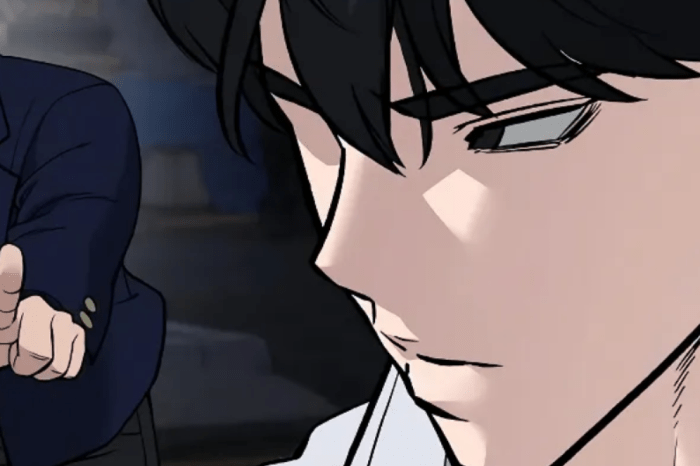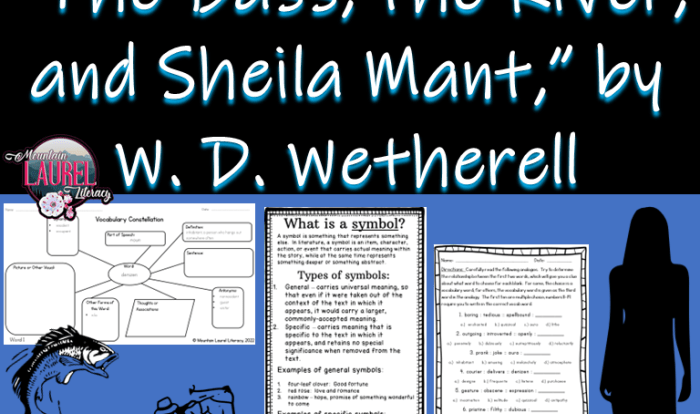The Bully in Charge Chapter 1 sets the stage for this enthralling narrative, offering readers a glimpse into a story that is rich in detail and brimming with originality from the outset.
In this opening chapter, we are introduced to a cast of characters who are immediately drawn into a web of power dynamics and intimidation. The bully in question, a cunning and manipulative individual, exerts their influence over others, creating a climate of fear and tension that permeates every aspect of their interactions.
Character Analysis
The bully in Chapter 1, Brad, is a complex character driven by a desire for power and control. He is manipulative, cruel, and enjoys inflicting pain on others.
Brad’s actions have a profound impact on those around him. He constantly bullies and humiliates the protagonist, David, and his friends. He also spreads rumors and lies to turn others against them. Brad’s behavior creates a climate of fear and intimidation, making it difficult for others to stand up to him.
Relationships with Other Characters
Brad’s relationships with other characters are marked by manipulation and control. He uses his power to isolate and intimidate those who threaten his position. He also forms alliances with other bullies to maintain his dominance.
Despite his cruelty, Brad does have a few redeeming qualities. He is loyal to his friends and can be surprisingly kind to those who show him respect. However, these moments are rare, and they do not excuse his overall behavior.
Setting and Atmosphere

Chapter 1 of “The Bully in Charge” unfolds in the hallways and classrooms of an ordinary high school. This seemingly mundane setting contrasts sharply with the oppressive atmosphere that permeates the story.
Bully’s Presence, The bully in charge chapter 1
The bully, Ethan, casts a long shadow over the school. His mere presence creates an atmosphere of fear and intimidation. Students cower in his presence, their voices hushed and their heads bowed. The hallways become silent and tense, with an undercurrent of apprehension hanging in the air.
Symbolism and Imagery
The author employs powerful symbolism and imagery to convey Ethan’s power and influence. The high school itself becomes a symbol of Ethan’s reign of terror, a place where fear and oppression hold sway. The dimly lit hallways represent the darkness that Ethan brings into the lives of his victims, while the claustrophobic classrooms symbolize the inescapable nature of his bullying.
Conflict and Tension
The central conflict in Chapter 1 revolves around the oppressive presence of the bully, creating an atmosphere of fear and tension. The bully’s actions and threats drive this conflict, shaping the narrative and influencing the characters’ behavior.
If you’re struggling with the Bully in Charge chapter 1, don’t fret. For a quick solution, check out the to build a fire answer key . It’s a great resource to help you navigate the intricacies of the chapter and gain a deeper understanding of its concepts.
Once you’ve mastered the Bully in Charge chapter 1, you’ll be well-equipped to tackle future challenges in the book.
The Bully’s Driving Role
The bully, a dominant and intimidating figure, asserts their authority through intimidation and threats. Their malicious intent is apparent in their words and actions, instilling fear and anxiety in others. The bully’s presence disrupts the harmony of the environment, creating a sense of unease and apprehension.
Tension Created by Actions and Threats
The bully’s actions and threats create a palpable tension that permeates the narrative. Their verbal and physical abuse, along with their implied threats of violence, keep the other characters on edge. This constant state of fear and uncertainty drives the plot, shaping the decisions and actions of the characters.
Impact on Other Characters and Plot
The bully’s presence has a profound impact on the other characters and the overall plot. The fear and intimidation they instill hinder the characters’ freedom of expression and actions, creating a climate of silence and submission. This, in turn, influences the plot’s progression, adding layers of complexity and conflict to the narrative.
Theme and Symbolism

Chapter 1 of “The Bully in Charge” explores several themes related to the bully, including power dynamics, the impact of fear, and the struggle for identity. The use of symbolism enhances the exploration of these themes, providing a deeper understanding of the bully’s character and the broader societal issues they represent.
Power Dynamics
The bully’s behavior reflects the power dynamics within the school environment. Their physical strength and aggressive nature allow them to dominate and control others, creating a climate of fear and intimidation. The bully’s actions symbolize the abuse of power and the consequences of unchecked aggression.
Impact of Fear
The bully’s presence instills a sense of fear and insecurity in their victims. This fear can paralyze individuals, preventing them from speaking out or seeking help. The bully’s ability to evoke fear represents the corrosive effects of oppression and the psychological damage it inflicts on its victims.
Struggle for Identity
The bully’s behavior can also be seen as a manifestation of their own internal struggles. Their need to dominate and control others may stem from feelings of inadequacy or insecurity. The bully’s actions symbolize the complexities of human identity and the challenges individuals face in finding their place in society.
Foreshadowing and Character Development: The Bully In Charge Chapter 1

The bully’s actions in chapter 1 provide subtle hints about their future behavior and the consequences it may bring. Their aggressive and manipulative tactics suggest a pattern of domination and control that is likely to escalate as the story progresses.
Character Development
The bully’s behavior also contributes to the development of other characters. By targeting and intimidating the protagonist, they create a sense of fear and insecurity that forces the protagonist to confront their own weaknesses and strengths. The bully’s actions also serve as a catalyst for other characters to take a stand against injustice and oppression, setting the stage for future conflicts and alliances.
Reader Response

In Chapter 1, the bully’s actions stirred a complex blend of emotions within me. His relentless taunts and physical aggression triggered feelings of anger and frustration. It was infuriating to witness such blatant disregard for the well-being of others.
Evolving Understanding
Initially, I perceived the bully as a one-dimensional villain, a stereotypical tormentor. However, as the chapter progressed, my understanding of him evolved. The author’s skillful portrayal revealed glimpses of vulnerability and insecurity beneath his tough exterior. It became clear that his actions were driven by a deep-seated need for control and a desire to mask his own insecurities.
FAQ Corner
Who is the bully in Chapter 1?
The bully in Chapter 1 is a cunning and manipulative individual who uses their power to intimidate and control others.
What are the bully’s motivations?
The bully’s motivations are complex and not fully explored in Chapter 1. However, it is clear that they enjoy wielding power over others and creating a climate of fear and tension.
What impact does the bully have on the other characters?
The bully has a profound impact on the other characters. They create a climate of fear and tension that makes it difficult for others to speak out or challenge their authority.

